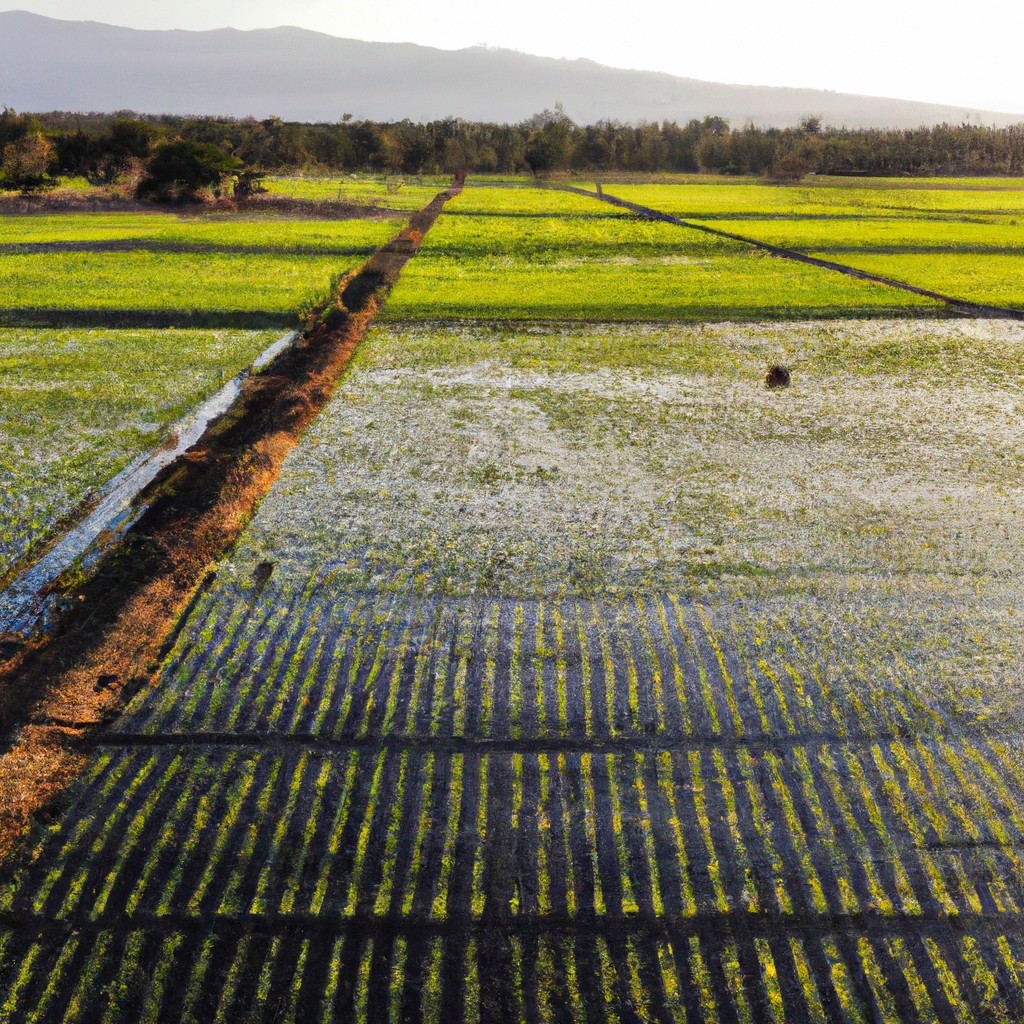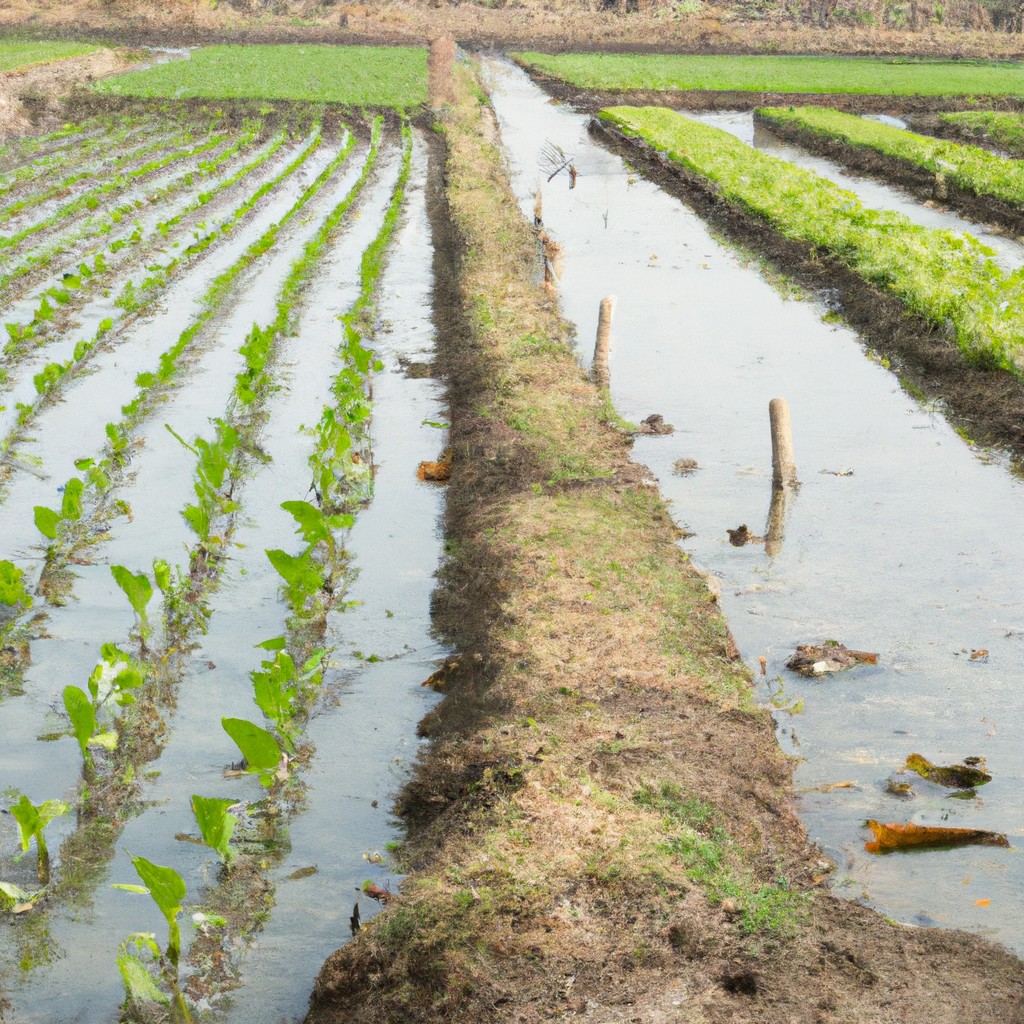Discover how Hawaii’s unique climate and geography shape its agricultural landscape and the forms required to engage in farming activities in the islands.
Look Inside:
Who Needs Hawaii Agriculture Form

Farmers moving crops inter-island? Check. Tourists bringing back that juicy pineapple or fragrant lei for Aunt Margaret? Yup. Shipping companies handling fresh produce to the mainland? You bet.
Anyone transferring plants, fruits, soils, or any other agricultural products out of, into, or within Hawaii needs to get on the Hawaii Agriculture Form train. The aim is to keep sneaky pests and diseases from hopping a ride and causing a ruckus.
If you’re mailing a tropical souvenir to mainland relatives, guess what? Form time. It’s not just a form; it’s a tropical defense mechanism. Fill it out, and you’ll be contributing to preserving Hawaii’s paradise-like status—easy peasy!
How to Fill Out Hawaii Agriculture Form
Start by grabbing the form. Think of it like a treasure map to pineapple paradise.
First, provide your personal info: name, address, and contact details. This is where they can send your invitation to the next luau.
Next, detail your travel information: flight number, arrival date, and the reason for your trip. Are you seeking adventure or just more surfboard wax?
Now, the important part—list any agricultural items you’re bringing. Think food, plants, seeds, and possibly that coconut you thought would make a great gift. Be specific but not too poetic—no one needs an ode to your Granny Smith apples.
Check the boxes if you’re carrying any live animals, soil or plants with soil because no one wants alien plants taking over the local flora.
Lastly, sign and date the form. Double-check for accuracy, because the only thing worse than unclaimed bananas is incorrect paperwork. You’re now ready to hula your way through customs!
Restricted or Prohibited Items
Let’s dish out the dirt on what’s not allowed. Picture yourself trying to sneak a pineapple past an army of eager customs officers—it won’t fly. Hawaii takes its agriculture seriously, protecting local ecosystems like a jealous best friend.
Here are some no-no’s:
Fruits and Vegetables: Most fresh ones are on the blacklist. Say goodbye to your plans for a tropical fruit smuggling ring.
Soil: Don’t bring any dirt from home. It’s all about keeping invasive critters out.
Plants and Seeds: Not all, but many come with restrictions or need permits. It’s like a plant passport control.
Animals: Pets are cool, but some critters like snakes and certain birds? Absolutely not. They could wreak havoc on Hawaii’s unique wildlife.
Invasive Species: This one’s broad. Think plants, animals, germs—anything that could disrupt the delicate balance of paradise.
Follow these rules and keep ecosystems in check while you enjoy the aloha spirit.
Traveling and Shipping Requirements
Before you pack your bags or load your shipment, it’s essential to know what’s allowed:
First, certain pests and diseases hitch rides on produce and plants. That’s why strict regulations exist to protect Hawaii’s unique ecosystem.
Next, always declare anything agricultural. This isn’t a pirate’s booty we’re dealing with—honesty is the best policy!
Plant or product? Many items need an inspection and certification. Think of it as a fancy passport for your flora.
Shipping? Make sure your carrier is certified to handle agricultural products. It’s like ensuring your Uber driver has a license, but for plants.
Lastly, check for restricted or prohibited items. Some things simply aren’t allowed—no matter how badly you want to bring that pineapple or plumeria home.
This isn’t just bureaucracy. It’s all about keeping Hawaii’s agriculture vibrant and sustainable. Bon voyage!
Available Online Versions and PDF Tools
Gone are the days of navigating endless paper trails. You can now access the necessary forms online, making the process less tedious and more eco-friendly. Here’s how you can make the most of it:
First, visit the official Hawaii Department of Agriculture website. They have an entire section dedicated to digital forms. No more messy handwriting to decipher.
Downloadable PDFs are your friends. Fill them out directly on your computer. Most browsers and PDF readers allow for this. Say goodbye to ink stains and smudged pages.
Online tools like DocuSign or Adobe Acrobat come in handy for signing these forms. No need to hunt for a printer or scanner. Just e-sign and you’re good to go.
Lastly, always save a copy for your records. A well-organized digital folder is the farming tool you didn’t know you needed.
Easy-peasy, right? Just like growing a pineapple—sort of.




